Springs Speed Navigation Rally - 23 Nov 2019
By Rob Jonkers (photos by Willie Bodenstein, Rob Jonkers)

The South African Power Flying Association (SAPFA) together with the Mach 1 Flying School organised the first of Season 2's Speed Navigation Rally on Saturday 23rd November 2019.

The competitors after the Saturday morning briefing
The last Speed Rally, held at Secunda on the 10th August, was the finale of the 2018/19 season, and the 6th in the series, where it had returned to the birth of the Speed Rally concept in 2018. This new season, as Season 2, should prove to elevate this event to the next level, and since the completion of the 1st Season an extensive Season debrief was held with the officials and a number of competitors. This was conducted in order to review the rules and workings of the Speed Rally concept and to look at improvements and changes, a number of which have been brought into the competition. One of the major changes was to extend the overall distance from 125 nm to 150 nm, to make the legs a little longer to accommodate the faster aircraft, with most of the other changes facilitating the crew with better cockpit paperwork.
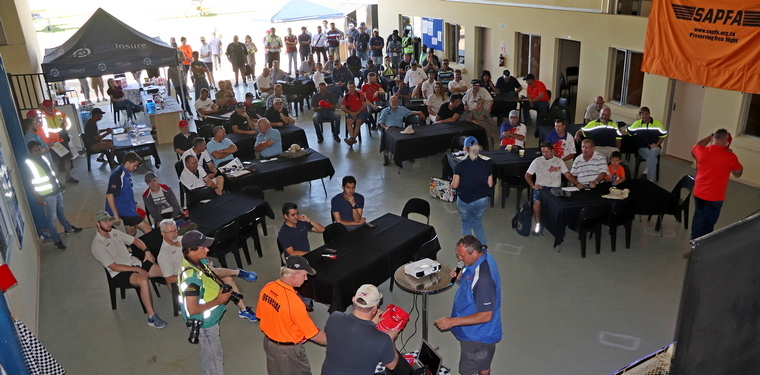
Handing out race numbers
Furthermore, a GPS category was brought into play, which would allow novices to be introduced to the event without the stress of knowing (or not knowing) where to go, with the intent to get themselves upgraded to Championship status after gaining sufficient experience.
Entries were already open after Season 1 and many confirmed their entries which quickly went over 40, with an eventual count at 40 on Friday, with 3 withdrawing on the day. This event is attracting many father & son teams as well as more of the younger generation. It was decided for this event that the Mach 1 Flight School would be the hosts on the airfield as they have as a school, been involved from the first rally and have increased their participation with their instructors. Looking at the results over time, they have become more experienced and moving up in the placings.
With a view of bringing in more excitement to this event, a shortened course of 60 nm with 3 laps in the style of a Grand Prix circuit was also designed by Race Master Jonty Esser for a small field as a try out event. See separate article.
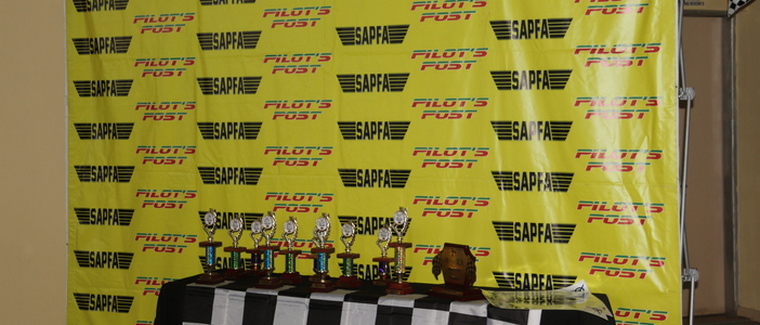
The trophy table
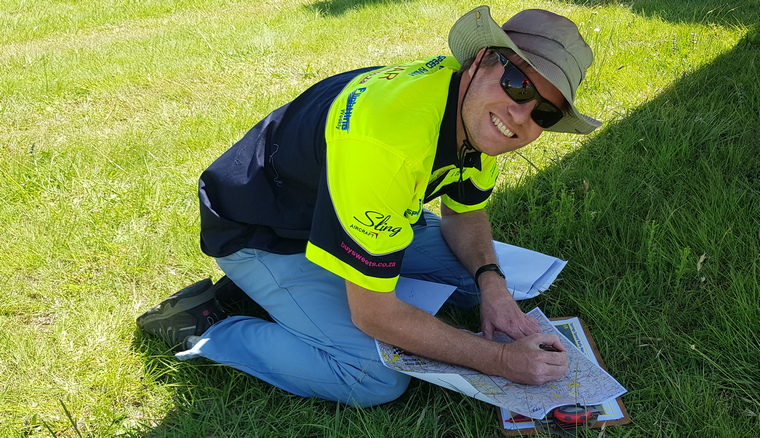
James Braid plotting
.jpg)
Bernard Jansen & Ray Wilford (PiC) plotting
 & Andre Martin.jpg)
Eugene van Staden (Pic) & Andre Martins plotting
This event is one that is flown at full speed under handicap conditions and the course is now around 150 nm long, has 11 or so turning points, with each turning point identified with a correct photograph. This is also an event where no GPS aids are allowed in the Championship league, these are all sealed up, and courtesy of Century Avionics on-board devices are also covered up, although not disabled. In the GPS league, competitors can utilize any technology, although it seems that this did not help much as a number of the GPS enabled competitors also went walk about…
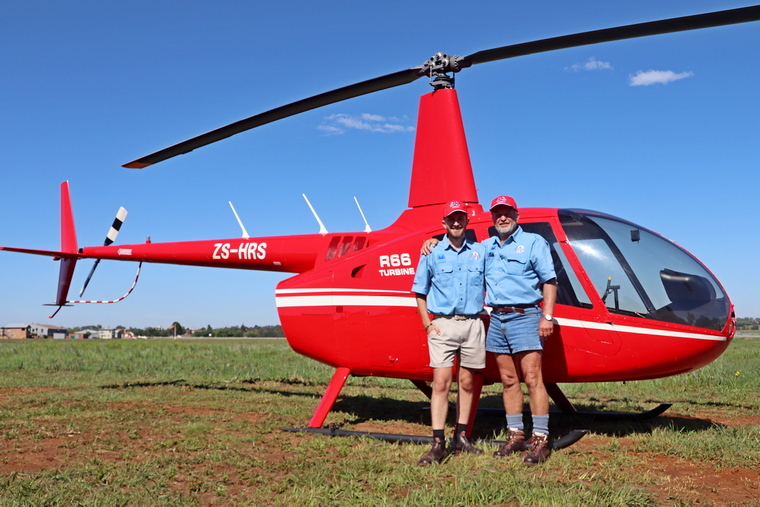
Apie and Frederik Coetzee
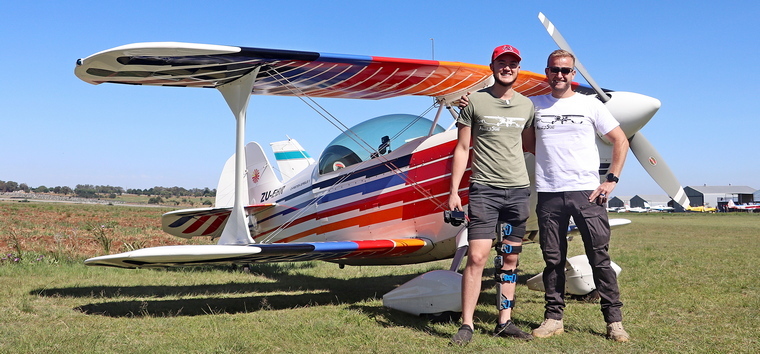
Riaan Pieters and Carel Theron
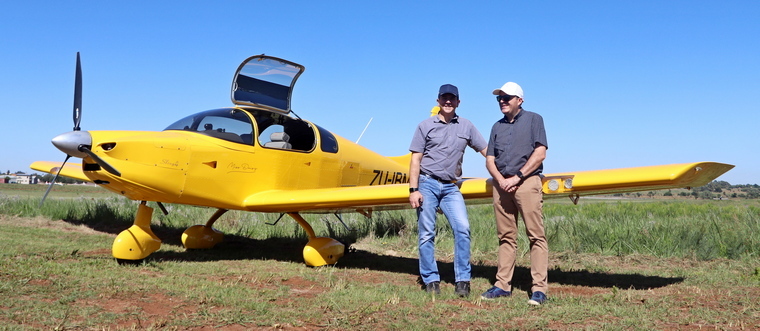
Michael Blackburn and Steve Briggs
The route was mostly to the east of the airfield, not in the most scenic part of the country and which is mostly dotted with power stations and coal mines, but then the competitors would have been more concerned about keeping track rather than looking at scenery.
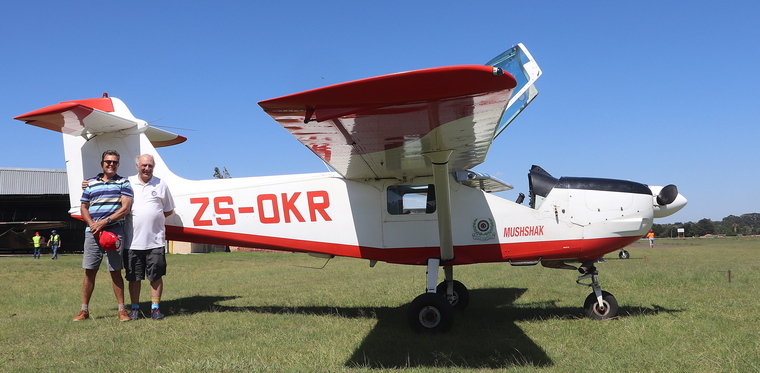
Hilton Wolff and Rob Ossner
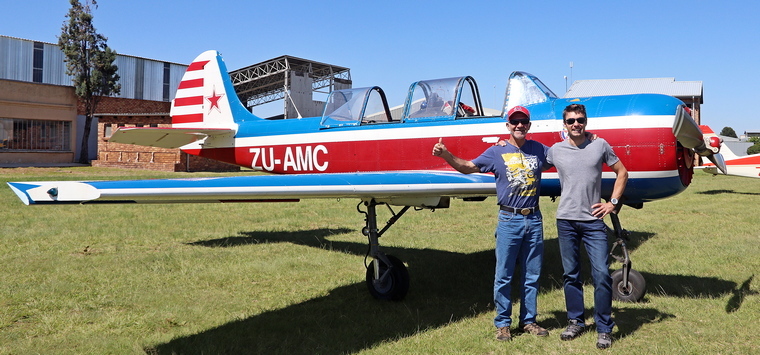
Warren Neil and Larry Eschner
The weather on Friday started out really well, with the forecast predicting late afternoon thundershowers which were lurking towards the west. Test flights commenced with many new entries requiring test flights and some old entries wanting to retest to re-confirm their handicaps. The EAA came in to help with this, with Sean Cronin & Karl Jensen supporting SAPFA's test flight designate Mark Clulow and got through all the test flights just after 3 PM. Mary de Klerk also breezed in to provide the newbies with some dedicated training.

The team of Johan Sayers & Jack Coetzer preparing to mount their Harvard ZU-WSE
At 18h30, Jonty Esser, as the Race Master introduced Rob Jonkers who took to the stage and provided a briefing on what to expect for the next day in terms of the planned route, how many turn points, distance, departure and arrivals protocol. Rob also explained how the scoring system worked in terms of penalties as well as the expected weather conditions, which looked like some early cloud followed by a clear day with late afternoon thundershowers expected.
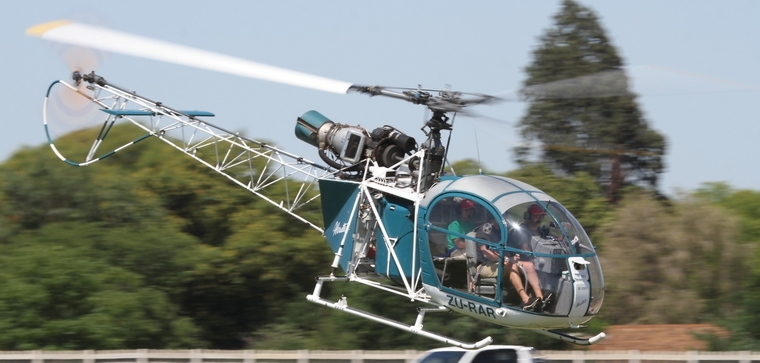
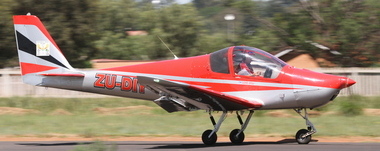 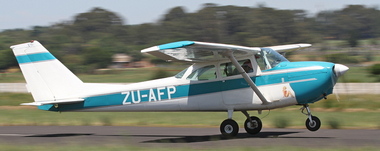
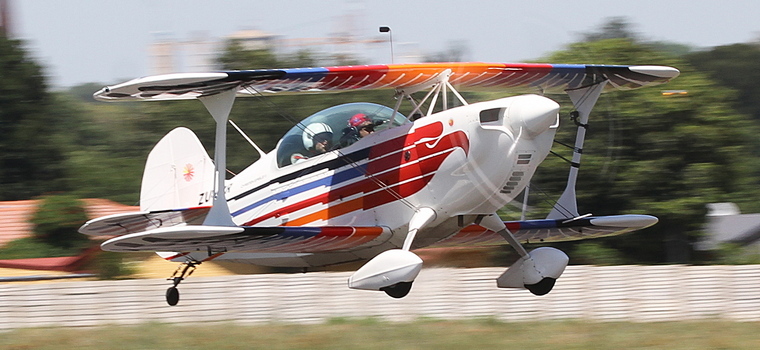
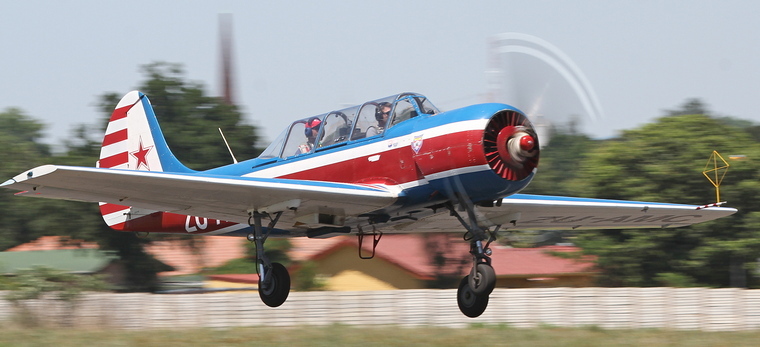
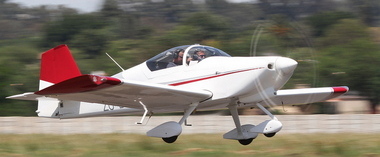 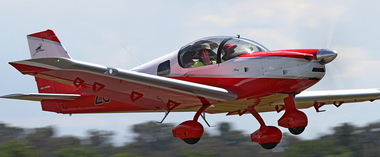

Some of the competitors taking off
All the competitors were then treated to a briefing on Steroids with Race Master Jonty Esser having set up a show for the teams, with a real-life lights, camera, action sequence, where each team were introduced with their team theme song, handed their race numbers, thereafter everybody was treated to a buffet meal before retiring for the evening.

Season 1 Championship Winners Leon Bouttell & Martin Meyer plotting in their Harmony ZU-FWS
Saturday morning dawned with perfect flying conditions, a clear day with virtually no wind, with the briefing starting a little earlier at 7.30 am as the intent was to finish the rally at 11.30 to be able to fit in the Grand Prix in the early afternoon.

Navigator Johan Whiteman using his Piper 235 ZS-FVV tail-plane as a plotting board
The briefing was shorter than the previous evening, and focused on the procedures for scrutineering, the handing out of papers, start line and finish protocol. The aircraft were to be parked in order of slowest to fastest, with a 15 second gap as a minimum between them, with the idea to have all the aircraft cross the finish line as close to 11h30 as possible, given that everybody needs to achieve a perfect route around the course. There was a plan to live track the event under the events section of Livetrack 24 and for this purpose a number of live trackers were loaned and set up. Although this proved to be very finicky, it had marginal success and it could be seen where some of the teams were drifting off track.

The team of Munaf Sayyed & Ricardo Baruffa busy plotting in ZS-EPM
Scutineers Chareen, Lizelle, Karen, Conrad, Johan and Alex were on hand to seal up all portable GPS capable devices, hand out papers at the allotted time and also to ensure that the fuel tanks were full. To assist the teams at getting their take-off roll accurate, a starting colour panel was used, which was set up next to the start line on the runway by Chief Marshal Jacques Jacobs and Mark Clulow, who would release them at their allotted time slot.

Husband and wife team of Eric & Antoinette Addison in the RV7 ZU-LAX
Each team then received their envelopes with their loggers at their 20 minutes prior take-off time and then taxi to the starting line within 10 minutes of take-off time. 1st take-off was at 09h40 for the slowest aircraft and last take-off at 10h40, with planned arrival at 11h30. This was the first time two helicopters also took part, one an Alouette 2 and the other a Robinson R66, the Alouette 2 being the slowest and was the first to depart.

Team Loots busy plotting on their wing of ZU-IHK
With all the competitors off towards the east, the route had a mix of easy and challenging turn points. In general, the competitors found the course a little more difficult than the last one, especially around turnpoint 4, where is seems the rail and road crossing was difficult to spot, attesting to the increased difficulty that there were only 13 clear round aircraft out of 40. Just before 11h30 the first aircraft over the line was a Cessna 172 ZS-OET, followed by a Sling 4 ZU-IOK, and closely after that the R66 ZS-HR. From there within the next 2 minutes or so 20 aircraft followed with the stragglers bringing up the rear. The landing sequence was fairly easy to do with everybody joining crosswind, then downwind onto 03 with good intervals.

The line-up of aircraft at the starting line
After all teams having returned and were safe on the ground, the scoring team got to work to analyse the results, with the tracks for a number being quite accurate, although some had wobbles and a few got a bit lost. The Alouette 2 flying at full speed was very thirsty in fuel consumption decided to carry out a precautionary landing in Nigel to refuel before resuming.

Starter Jacques Jacobs waving off the Harvard ZU-WSE

Starter Jacques Jacobs waving off the the RV8 of Nigel Hopkins & Mary de Klerk ZU-NDH

In sequence take-off with 15 sec intervals of some close handicapped aircraft
The results were completed by around 14h30 and prize giving was schedule for 15h30. First up on the prize giving programme was to show some of the interesting tracks, some excellent and some not so good, which got the audience in fits of laughter. Jonty first handed over the GPS league competitor trophies, and then the host club trophy went to the Mach 1 Flight Training School owner Lee Petersen. Prizes were then awarded handicap speed and thereafter the most accurate / shortest route flown. Winners of the GPS league were the team of Ray Wilford and Bernard Jansen in a Sabre ZU-DIY.

Winners of the GPS league were the team of Ray Wilford and Bernard Jansen in a Sabre ZU-DIY.
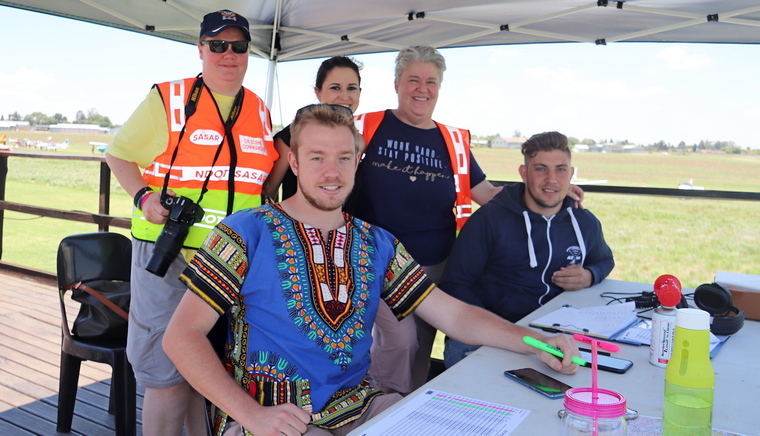
ATNS Staff manning the tower for the day
The overall winners in the best handicap speed were the team of Munaf Sayyed & Ricardo Baruffa in a C172 ZS-OET. Second place was awarded to Joshua & Mark Dethian in their PA28-180 ZS-ELL and in third place Apie & Frederick Kotzee in their R66 ZS-HRS.
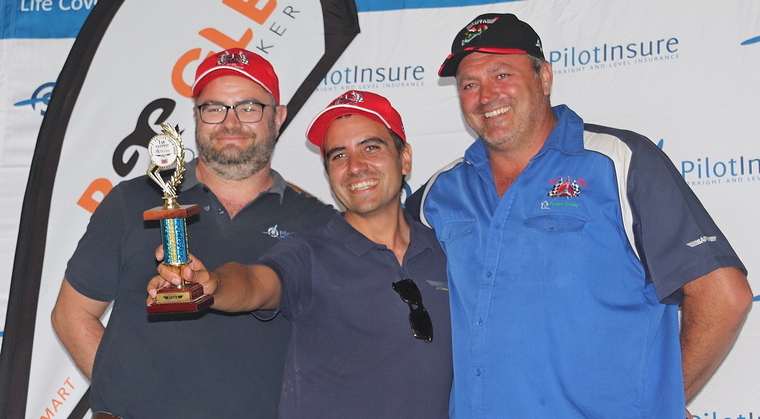
Overall winners Munaf Sayyed & Ricardo Baruffa
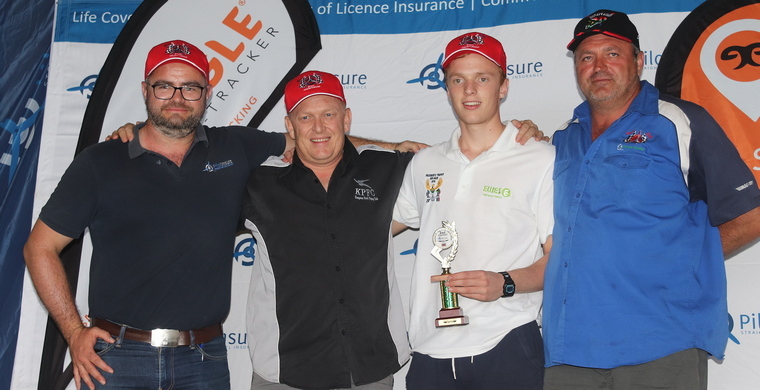
2nd Place Overall Joshua & Mark Dethian
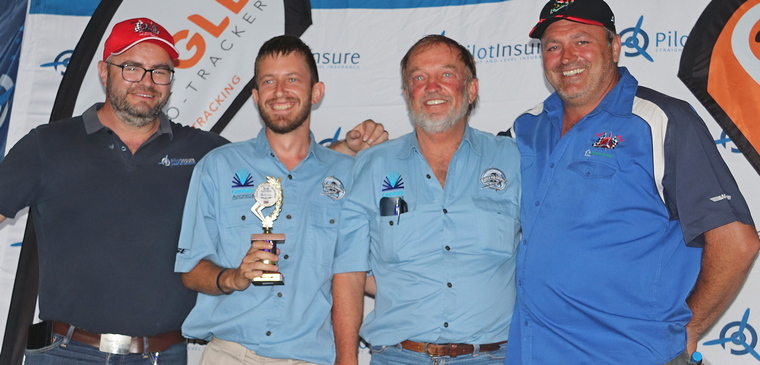
3rd Place Overall Apie & Frederick Kotzee
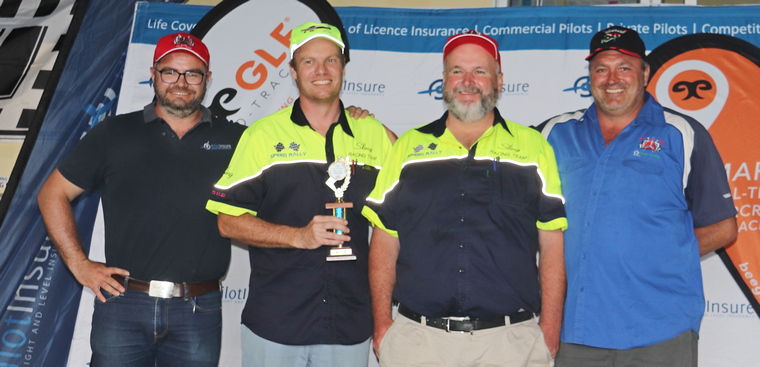
The most accurate / shortest route flown winners were the team of David Ross & James Braid in a Sling 2 ZU-JAR
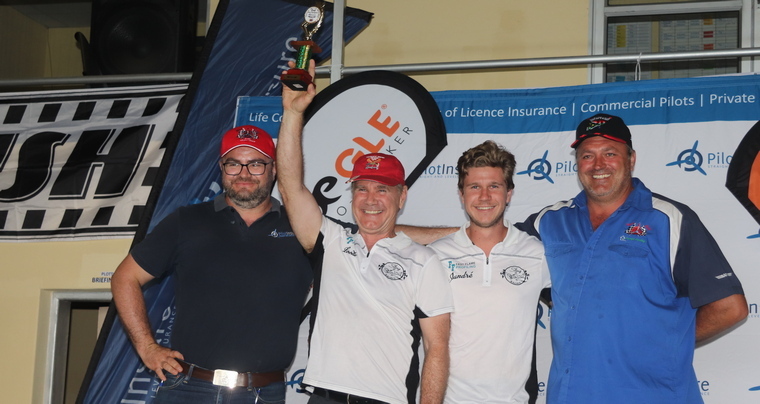
2nd was Hendrik & Jandre Loots
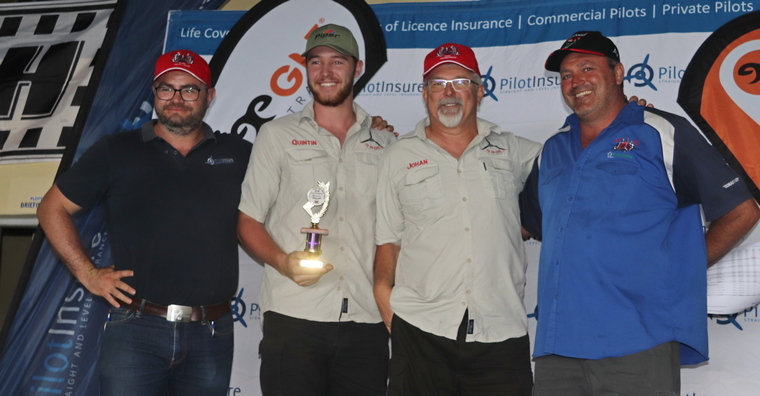
In third place was Quinten Kruger & Johan Whiteman
The most accurate / shortest route flown winners were the team of Ray Wilford and Bernard Jansen in Sabre ZU-DIY. Hendrik & Jandre Loots in their Sling ZU-IHK bagged second while the last step of the podium was occupied by Quinten Kruger & Johan Whiteman in their PA28-235 ZS-FVV.
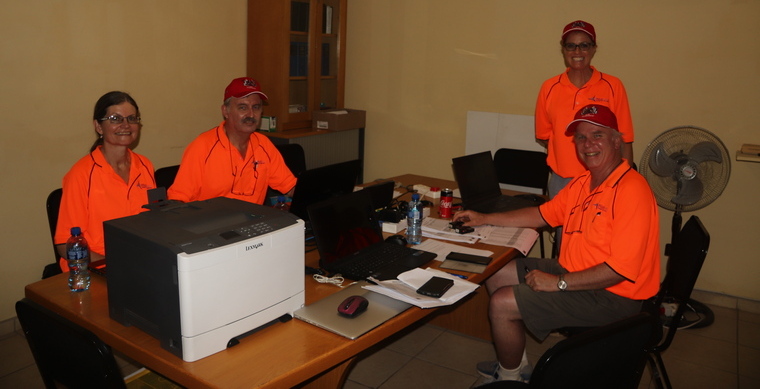
The backroom people who make it all possible
Many thanks to the Mach 1 Flight School for hosting this fantastic event, the SAPFA team of Jacques Jacobs with the ground marshals, Nigel Musgrave as the Safety Officer, Dirk and Louna de Vos and Mark Clulow for doing the scoring, Chester Chandler assisting with the handicapping on Friday, David le Roux from Pilot Insure at the registration desk, Marc Robinson with his team from Century Avionics for Scrutineering, Chareen Shillaw, Lizelle Kruger for handing out competition papers to the crews as well as Scrutineering with their team. A big thanks to Jonty, Lizelle & Sandy for putting together an awesome Friday evening launch event. Thanks were also extended to Santjie White of the ARCC who always watches over us and the ATNS team for managing the ATC for the weekend.

1st handicapped placed Race 15's accurate track

Oops - We went to Nigel instead
A big shout is also extended to sponsors Pilot Insure, who was the main sponsor of the event, Flightline Weekly for sponsoring the race numbers, team sponsors Excel E&I - Leon Bouttell and Martin Meyer, The Airplane Factory - David Ross and James Braid, Pilots Post - Nigel Hopkins and Mary De Klerk, Fast Flame Laser Cutting, Hendrik & Jandre Loots, Beegle Micro Trackers -Quintin Kruger and Johan Whiteman, Prompt Roofing, Leon Joubert and Sandi Goddard.
Results table
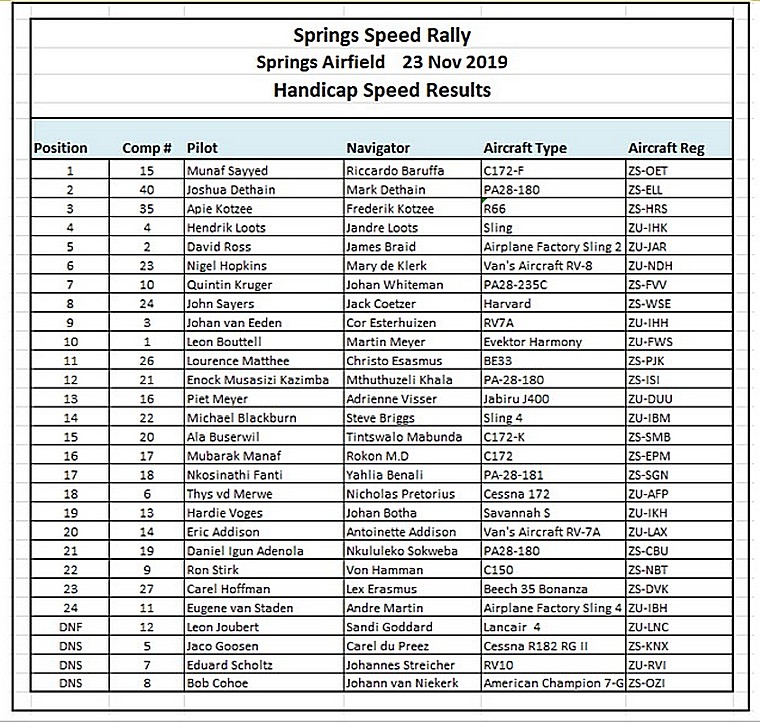
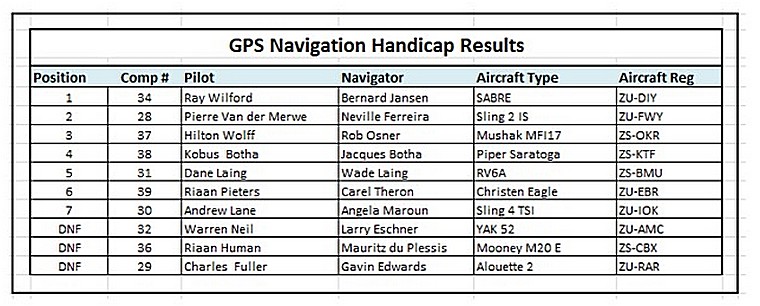
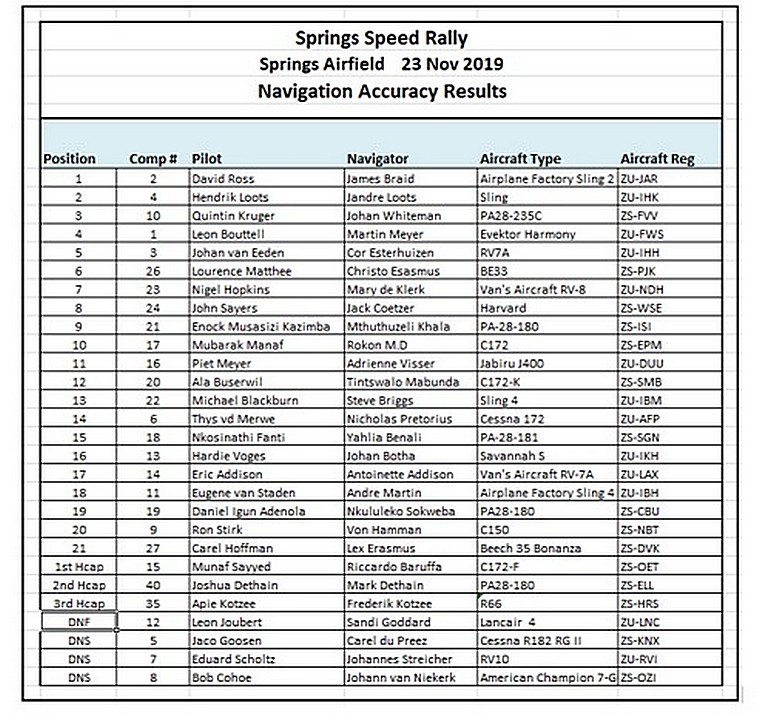
Our next Speed Rally event will be in Witbank in the 1st of February 2020.
|
                             |























